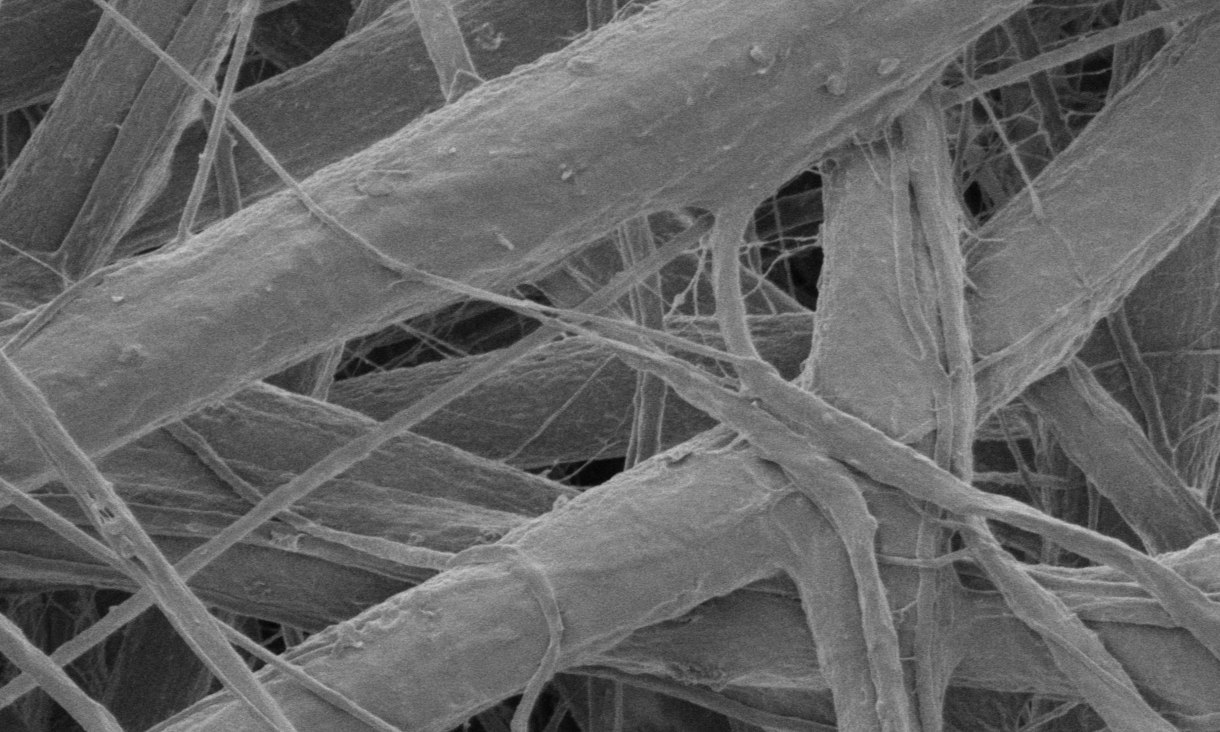Bandaged wounds need to be checked for infection, yet removing the bandage to check the wound can delay its healing. Australian scientists may have a fix for this paradox, in the form of a dressing that glows if the wound is infected.
Currently being developed at RMIT University, the material incorporates nanosheets of magnesium hydroxide that are embedded onto the nanofibers of a standard cotton bandage. Once applied to a wound – particularly a chronic wound, such as a diabetic ulcer – the biocompatible magnesium hydroxide proceeds to help in the healing process by killing harmful bacteria and reducing inflammation.
If an infection still does occur, the wound site will switch from being slightly acidic – like healthy skin – to being somewhat alkaline. This change in pH will in turn cause the magnesium hydroxide to fluoresce brightly when exposed to ultraviolet light.
As a result, physicians could check for infections simply by shining a UV light on a patient’s bandage, without having to remove it. Likewise, if a wound was already known to be infected, the UV light could indicate that the infection had cleared up, if it no longer caused the magnesium hydroxide to fluoresce.

RMIT University
According to lead scientist Dr. Vi Khanh Truong, the fabrication process could easily be scaled up for commercial production, plus the bandages may be “up to 20 times cheaper” than other antibacterial dressings that incorporate more costly silver nanoparticles. Additionally, he states that while existing antimicrobial wound dressings begin to lose their bacteria-killing effect after a few days, lab tests have shown that the magnesium hydroxide bandage remains effective for up to seven days.
The research is described in a paper that was recently published in the journal ACS Applied Materials and Interfaces.
And this certainly isn’t the first wound dressing we’ve seen that glows to indicate infections. Other examples have utilized fluorescing carbon nanotubes, fatty-acid-stabilized lipid bubbles, a phosphorous film, and a combination of benzalkonium chloride and pyranine.
Source: RMIT
Source of Article